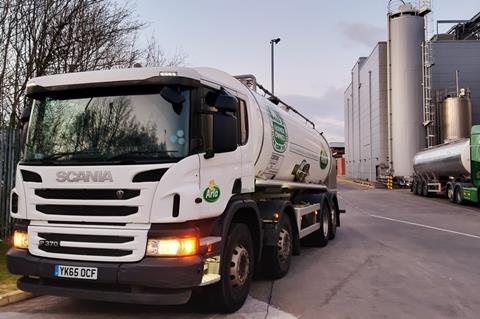
Struggling dairy farmers need retailers to put “an arm around them” with greater financial support, or they may have to sell their products elsewhere, says Arla’s UK boss.
Speaking to The Grocer ahead of the publication of the dairy co-op’s new five-year growth strategy this week, Arla Foods UK MD Ash Amirahmadi said the dairy sector and wider food chain had “demonstrated its resilience” over the past two years.
But soaring on-farm inflation and the knock-on impact of the Ukraine crisis could put that resilience under significant pressure – unless dairy farmers were paid a higher price for their product, he warned.
Amirahmadi cited ONS data that showed inflation for consumer goods via the consumer price index had increased by 26% over the past 10 years. But in that same period, retail fresh milk prices had, on average, fallen by 7%, with average farmgate milk prices (apart from very recent increases) largely remaining flat.
He conceded there was little a company like Arla could do to influence retail pricing. However, retailers did need to accept the need to pay a higher milk price, to meet the increasing cost of production and “to compete with a very credible alternative” in export markets – an area that Arla’s five-year strategy aimed to exploit.
Under the new strategy, Arla is planning to meet soaring global demand for dairy by exploring “export opportunities out of the UK for the first time”, following a successful trial that saw it ship milk in powder form to its European processing sites and into international markets.
Dairy farmers drop out of mults as milk prices get less competitive
The supplier intends to increase production from its existing base of farmers and via newly recruited farms to meet this potential demand, Amirahmadi said.
Farmer confidence
However, with AHDB data showing UK milk deliveries fell 2% year on year in February, and 4% in March, farmers needed the “confidence and money” to invest in an increase in milk production and more sustainable production methods, he stressed.
Last year’s average UK milk price was 31.05p per litre [Defra], while the average cost of production for 2022 forecast to be 38.18ppl (rising to 44.76ppl in 2023) by Kite Consulting, Amirahmadi noted.
“The situation is changing fast,” he added, and Arla was having a “very immediate conversation with customers” about the “astronomical increase in on-farm costs driven by feed, fuel and fertiliser prices”.
Farmer cashflows had also been negative since last summer, so in order for the sector “to continue to be resilient in dairy and in milk” prices now needed “to be a lot higher than they are”, he said.
“For a number of years, we have indicated that the lack of profit in own label liquid milk in the UK is not sustainable. It delivers little to no profitability for farmers and is a category of the UK dairy sector where the market is failing to deliver value for farmers.”
His comments follow growing calls from processors and farming groups over the need for retailers to pay more for their milk, with mid-market processor Freshways warning last week that security of supply was “under threat” as it increased its farmgate milk price to 40ppl for May.
Dairy faces ‘reset’ as rocketing input costs drive up prices
Arla followed suit this week, with an increase in its standard manufacturing price by 0.34p to 39.72ppl and to 47.17ppl for organic milk, amid “ever mounting” on-farm pressures. And as The Grocer reported at the start of March, some farmers are already pulling out of some supermarket supply contracts due to low returns.
Growth plan
Amirahmadi’s warnings come as the dairy co-op unveiled its growth ambitions for the next five years, with a “heavy focus” on strengthening the sustainability and efficiency of UK dairy, in addition to seeking better returns for farmers.
The plan to target export growth would also help increase the value of Arla’s UK milk, said Arla Foods Europe executive VP Peter Giørtz-Carlsen, and allow it to use “the scale of our co-operative to create the most value from the milk produced on our farms”, he suggested.
“Demand for Arla dairy products is growing in Southeast Asia, the Middle East and West Africa, so it is natural for us to explore how we can best utilise our European milk pool to meet that demand. This includes the milk from our British farmer owners.”
Arla was also planning to grow its branded share of revenue from 38% to 45% by 2026, Amirahmadi added.
And by adding more value to its product, the business would be able to ramp up its work to improve sustainability, he said, noting how up to 90% of the supplier’s carbon footprint was on farm.
“We need to get really curious about the work on farm and how we transition into more sustainable food production, but the farmers also need money to do that.”



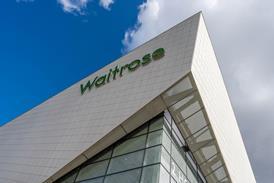
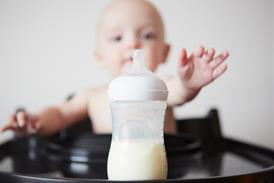


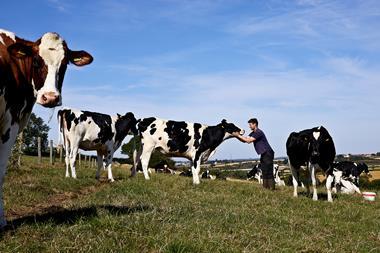
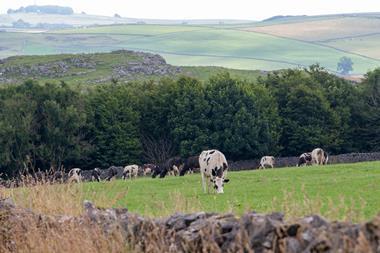
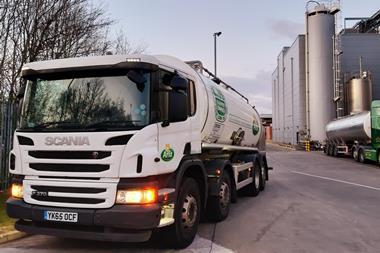
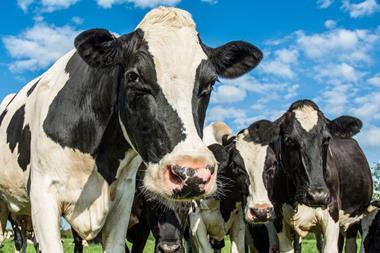





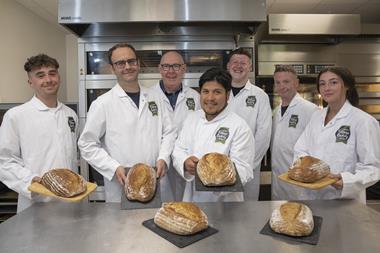
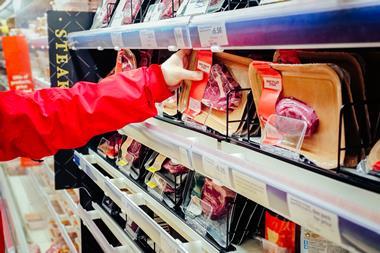

No comments yet